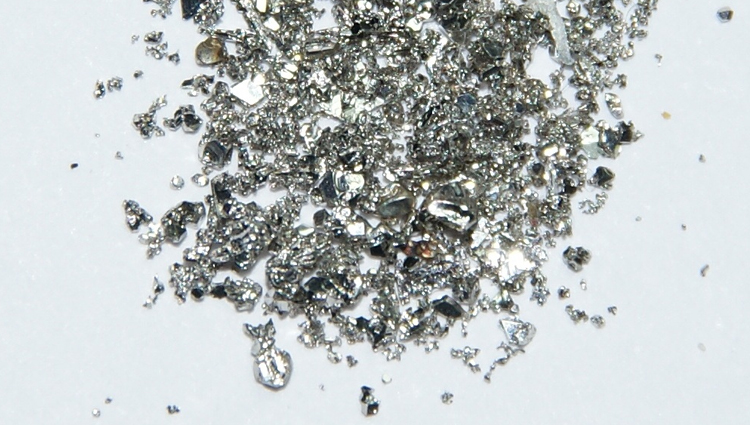Joining Molecules Together In Nobel Matrimony
Nobel Prize in Chemistry was awarded to discoverers of widely-used techniques for building molecules.
Image

WASHINGTON (ISNS) -- Three chemists who fundamentally changed the way we make everything from drugs to plastics to carbon-based electronics won the Nobel Prize in Chemistry for their work.
Richard F. Heck of the University of Delaware, Akira Suzuki of Hokkaido University, and Ei-Ichi Negishi of Purdue University share the prize for developing palladium-catalyzed cross coupling in organic synthesis.
What does that all mean exactly? Think of their work as discovering a new way to make marriages. Nature constantly "marries" or joins together simple compounds containing carbon atoms to build larger and larger molecules. One of the cornerstones of life is building large complex molecules out of smaller ones, and it is happening at every moment in every living cell of every organism on Earth. Nature even has its own class of marriage brokers -- molecules known as enzymes -- that bring carbon-based molecules together to make larger ones.
Scientists often invent ways of doing the same thing on an industrial scale, building large complex molecules from simpler ones -- sometimes in imitation of nature and sometimes in entirely new ways. Modern society uses these industrially-produced molecules in myriad ways. They are the active ingredients and additives behind countless household goods, agricultural products, processed foods, and modern medicines.
But building the large complex molecules behind modern medicine and agriculture is not always so simple, and that's where the work of the three newest Nobel laureates came in. They all invented new ways of doing catalysis -- marrying together the bits and pieces in just the right way to build the larger molecules.
Specifically, the Nobel winners developed ways to use bits of the metal palladium to join the pieces in the test tube. At the same time, the palladium atoms are not changed in the reaction. Because they are not changed, catalysts like palladium can be used over and over.
“Think of palladium as the mutual friend who brings two people together for a handshake,” said James Francisco, president of the American Chemical Society and a colleague of Ei-Ichi Negishi at Purdue. “Palladium brings the right carbon atoms from two molecules together, performs the introduction, and then moves on.”
In chemistry, broadly applicable types of reactions are frequently named after their discoverers. Each of the Nobel winners has been recognized by a named reaction for work that began in the late 1960s and early 1970s. Since that time, the use of metal atoms, such as palladium, has become essential in manufacturing complicated molecules, including drugs such as morphine and taxol, a treatment for certain types of cancer.
“Making a complex organic molecule generally involves many steps,” said chemist Ayusman Sen of Penn State University. “Metal atom catalysis is one of the most widely used tools in organic chemistry, more likely than not to be included in any given multi-step synthesis.”
As an interesting side note, the 2010 Nobel Prize in physics also involves the chemistry of carbon. That prize was awarded for the recent discovery of graphene, an ultrathin network of carbon atoms. Sen noted that this year’s prizes for chemistry and medicine both honor older, established processes that are widely used today, while the physics prize went to a brand new discovery that holds a lot of promise for the future.
Filed under
